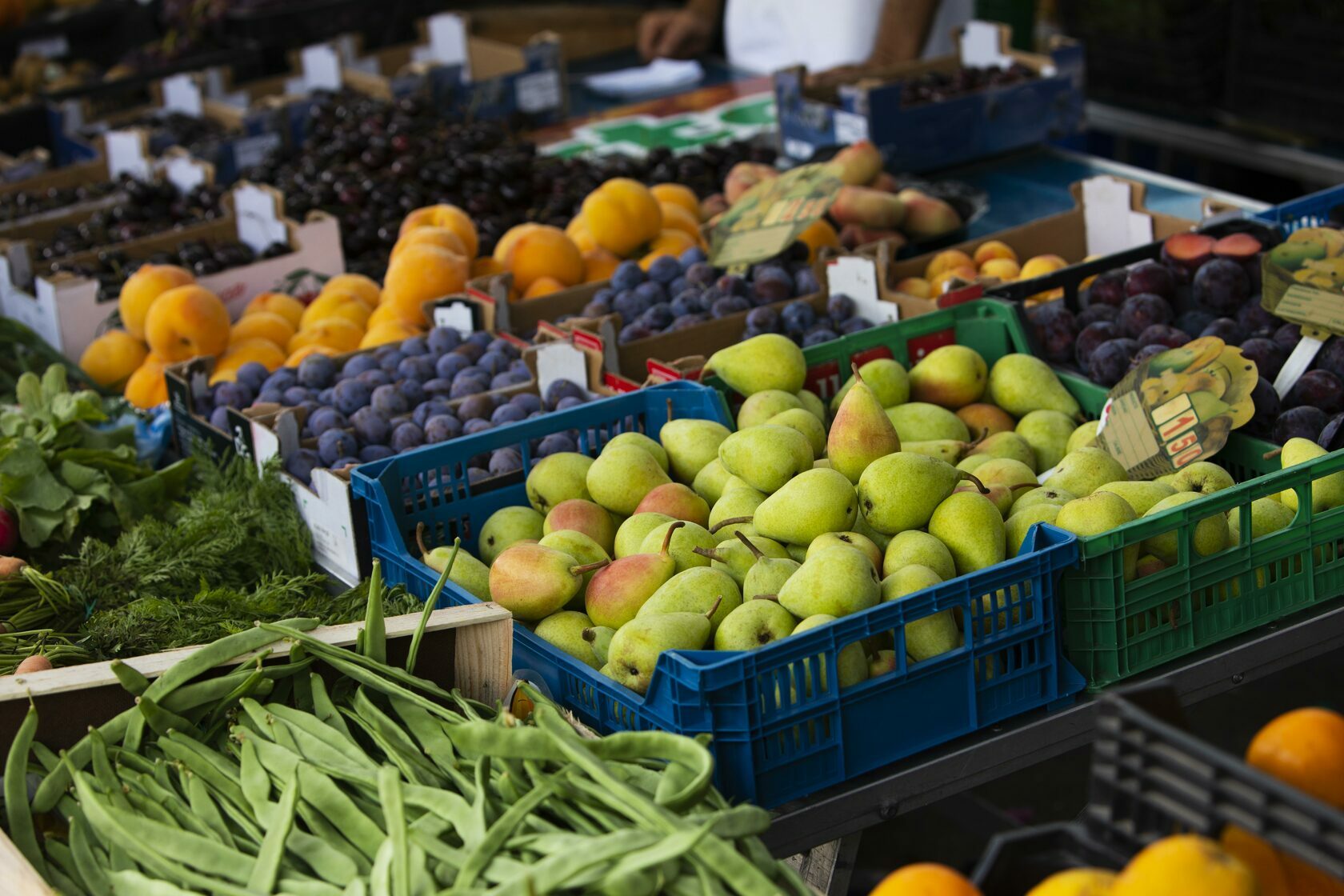On June 1, when Malaysia announced a chicken export restriction, Singapore's food supply came under the spotlight.
More than 90 percent of Singapore's food is imported and about 10 percent is produced locally. Authorities are now working to diversify Singapore's sources of imports to ensure a steady supply of safe food, the Singapore Food Agency (SFA) said.
According to the Singapore Food Agency's latest statistical report, the number of food import sources by country and region increased between 2019 and 2021.
Up to 40 countries are eligible to export high-risk food to Singapore after they pass SFA food safety and public health requirements.
One of Singapore's biggest food sources is Malaysia, which supplies more than 50% of its eggs, about 40% of its fruits and vegetables, and a significant amount of its meat and seafood.
Meanwhile, Singapore buys more meat from Brazil than any other country.
In 2021, Singapore imported 214,400 tons of chicken. About 48% of these were from Brazil, 34% from Malaysia and 8% from the United States. The remaining 10% were from other countries and regions.
Singapore has also further diversified its sources of egg supply over the past three years. In 2019, Malaysia accounted for 72% of Singapore's egg imports, but that dropped to 52% in 2021.
Moreover, the share of locally produced eggs increased from 26% in 2019 to 30% in 2021.
Here's what the sources of origin of the most commonly consumed foods in Singapore look like for 2021:
Chicken (214,400 tons total):
Brazil - 48%, Malaysia - 34%, Other countries - 10%, USA - 8%
Eggs (2.138 million pieces):
Malaysia - 52%, Singapore - 30%, Other countries - 10%,
Pork (128,100 tons):
Brazil - 39%, Other countries - 35%, Indonesia - 15%, Australia - 5%
Beef (39,400 tons):
Brazil - 58%, Australia - 22%, Other countries - 11%, U.S. - 9%
Lamb (15,000 tons):
Australia - 90%, New Zealand - 7%, Other countries - 2%
Seafood (133,400 tons):
Other countries 43%, Malaysia 25%, Indonesia 17%, Vietnam 15%
Vegetables (567,900 tons):
Malaysia 42%, China 27%, Other countries 27%, Australia 5%
Fruit (433,100 tons):
Malaysia - 40%, Other countries - 39%, China - 13%, South Africa - 8%
Authorities plan to build agri-food industry capacity and capability to sustainably produce locally 30% of the nutritious foods Singapore needs by 2030.
Source: CNA
More than 90 percent of Singapore's food is imported and about 10 percent is produced locally. Authorities are now working to diversify Singapore's sources of imports to ensure a steady supply of safe food, the Singapore Food Agency (SFA) said.
According to the Singapore Food Agency's latest statistical report, the number of food import sources by country and region increased between 2019 and 2021.
Up to 40 countries are eligible to export high-risk food to Singapore after they pass SFA food safety and public health requirements.
One of Singapore's biggest food sources is Malaysia, which supplies more than 50% of its eggs, about 40% of its fruits and vegetables, and a significant amount of its meat and seafood.
Meanwhile, Singapore buys more meat from Brazil than any other country.
In 2021, Singapore imported 214,400 tons of chicken. About 48% of these were from Brazil, 34% from Malaysia and 8% from the United States. The remaining 10% were from other countries and regions.
Singapore has also further diversified its sources of egg supply over the past three years. In 2019, Malaysia accounted for 72% of Singapore's egg imports, but that dropped to 52% in 2021.
Moreover, the share of locally produced eggs increased from 26% in 2019 to 30% in 2021.
Here's what the sources of origin of the most commonly consumed foods in Singapore look like for 2021:
Chicken (214,400 tons total):
Brazil - 48%, Malaysia - 34%, Other countries - 10%, USA - 8%
Eggs (2.138 million pieces):
Malaysia - 52%, Singapore - 30%, Other countries - 10%,
Pork (128,100 tons):
Brazil - 39%, Other countries - 35%, Indonesia - 15%, Australia - 5%
Beef (39,400 tons):
Brazil - 58%, Australia - 22%, Other countries - 11%, U.S. - 9%
Lamb (15,000 tons):
Australia - 90%, New Zealand - 7%, Other countries - 2%
Seafood (133,400 tons):
Other countries 43%, Malaysia 25%, Indonesia 17%, Vietnam 15%
Vegetables (567,900 tons):
Malaysia 42%, China 27%, Other countries 27%, Australia 5%
Fruit (433,100 tons):
Malaysia - 40%, Other countries - 39%, China - 13%, South Africa - 8%
Authorities plan to build agri-food industry capacity and capability to sustainably produce locally 30% of the nutritious foods Singapore needs by 2030.
Source: CNA
